Track Test: 2018 Dallara DW-12
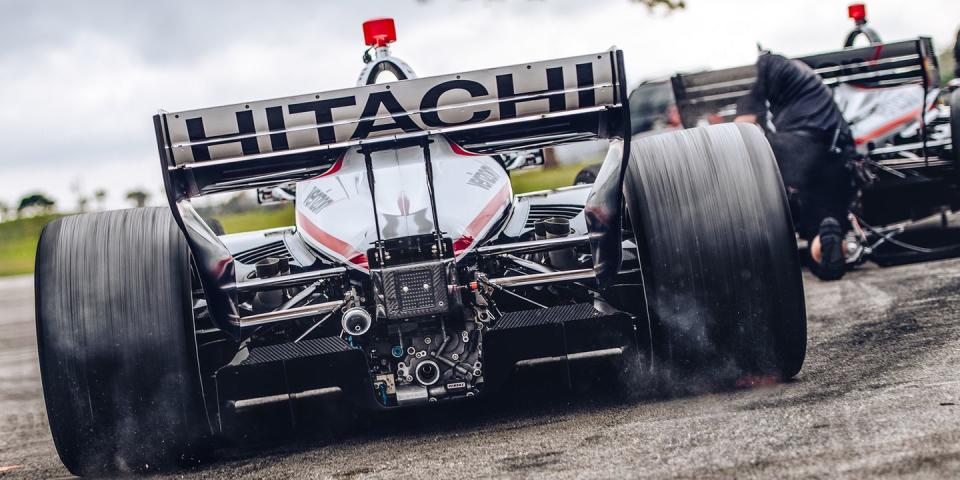
IndyCar is America’s premier racing series: ovals and road courses, some of the most talented drivers on earth, and the landmark Indianapolis 500, held every May at one of the oldest tracks in the world. For 2018, the series made one of its greatest changes in years-a long-awaited new body for its spec chassis, the Dallara DW-12. The update turns the car from a so-so looker to an absolute stunner. Mostly, however, it represents IndyCar chasing better racing for drivers and fans.
How and why this happens is complicated, and best explained after a bit of seat time. Since the keys to a current Indy car are hard to come by, we brought in a little help: 27-year-old Team Penske driver Josef Newgarden-a series veteran now in his seventh season, and last year’s champion.
This story originally appeared in the May, 2018 issue of R&T.-Ed.
Like every modern race car, Indy cars are defined by downforce-the aerodynamic grip they make from their wings and body, which helps to “fly” the car into the ground, enabling it to corner faster than its suspension would normally allow.
This sort of thing can be a lot to get used to. Like motorsports, racing doesn’t start rookies at the top level. As you climb the ladder, the cars you drive on the way up are designed to prepare you for the ones you’ll eventually meet. With every step into a new series, power, mechanical grip, weight, and downforce all ramp up. You learn to trust the air, because it helps the car stick, almost like magic, the faster you go. You learn about overcoming mechanical grip–and trusting the aero grip on top of it. You start to understand how the air works. And you think, above all, about how to use it. Which is at the heart of how IndyCar is changing.
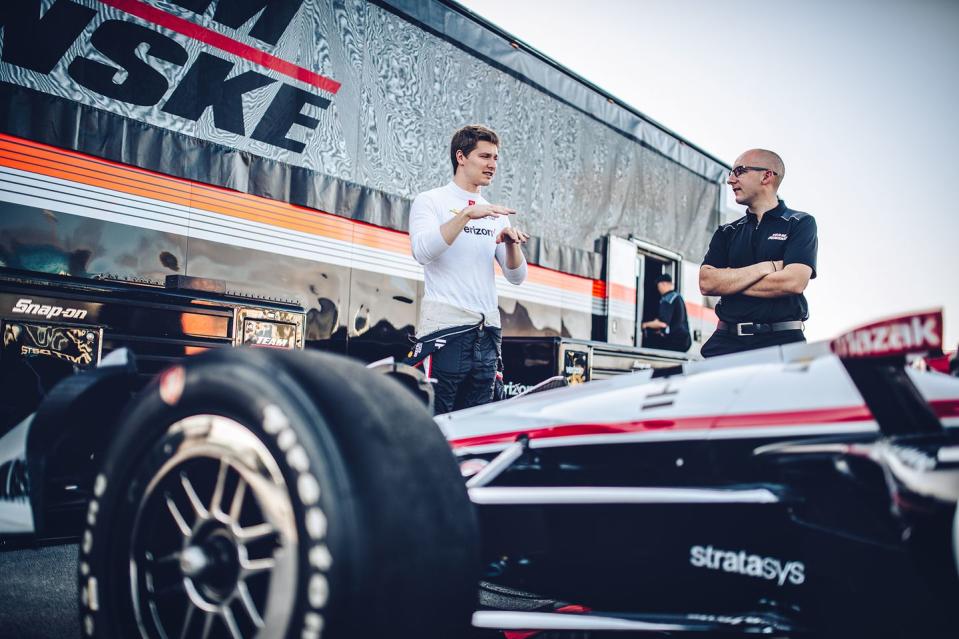
NEXT-LEVEL LEARNING
The Dallara DW-12 and I have something in common: We both came to IndyCar at the same time. The chassis was launched in 2012, the same year I arrived in the sport. I was fresh-faced, trying to learn what the car was all about, which was no small task. But the car was also new for everyone else on the grid-with far more downforce than anyone was used to.
Amazingly, the car came to produce even more aerodynamic grip. Three years later, in 2015, series officials changed the rules and opened up the bodywork: Each team was given access to a predesigned, multipart body kit. (There were two kit designs, one for each engine manufacturer, Chevrolet and Honda.) Engineers could mix and match wings and panels to vary downforce for different tracks. The move was intended to give teams more to work with and a way to obtain a competitive edge through smart engineering.
It was a huge deal. The kits made the car around 25 percent more effective at generating downforce. I’d never experienced anything like it. In maximum trim, our 1600-pound cars produced around 6500 pounds of downforce at 200 mph. Thats reportedly more than a current Formula 1 car.
For 2018, IndyCar dictates common bodywork–a lot less downforce, and everyone uses the same body kit. Driving it, I had to check myself from what I was used to. Before, the car had so much grip, you almost couldn’t overdrive it. You just had to put in the work to control it.
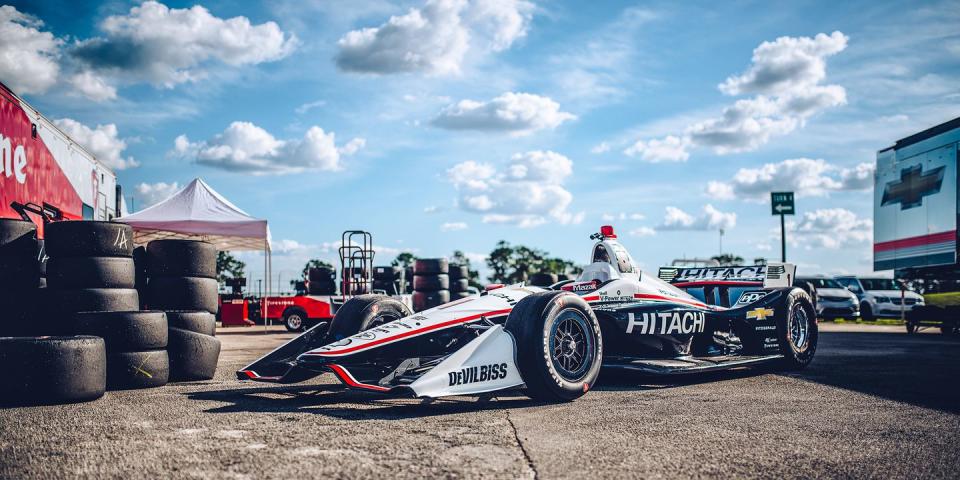
MAXIMUM AIR
If you’ve never been in a big-league race car, the idea of work behind the wheel can be hard to process. Aero cars literally use the air to press the tires into the track. That 6500-pound number represents thousands of pounds of measurable force, running to and through the tires.
There are obvious reasons you have to work harder–downforce gives you greater speed in a corner, which produces greater lateral g’s, which can make it more difficult to hold your head up or control your arms and legs. But there are also less obvious side effects–in a car without power steering, like the DW-12, downforce can make it difficult, or sometimes impossible, to simply turn the steering wheel like you want.
That’s no exaggeration. Last year’s car actually had us-and here I mean the entire field of drivers-at our physical limits of control. Some people don’t believe the numbers, but our helmets have accelerometers in them, and we can show you the data: On a short-oval track, like Gateway near St. Louis or Iowa Speedway, drivers can experience more than five lateral g’s in a corner.
Most people won’t ever be subjected to that kind of physical abuse. At a track like Mid-Ohio, our steering-load sensors see a peak of around 32 lb-ft. That may not sound like much, but the next time you’re in the gym, pick up a 30-pound plate, hold it straight out with both arms, and think about using it to steer a car at triple-digit speeds. Then think about doing that for a 90-minute race, while playing a kind of four-wheeled chess, battling 20 other drivers doing the same thing.
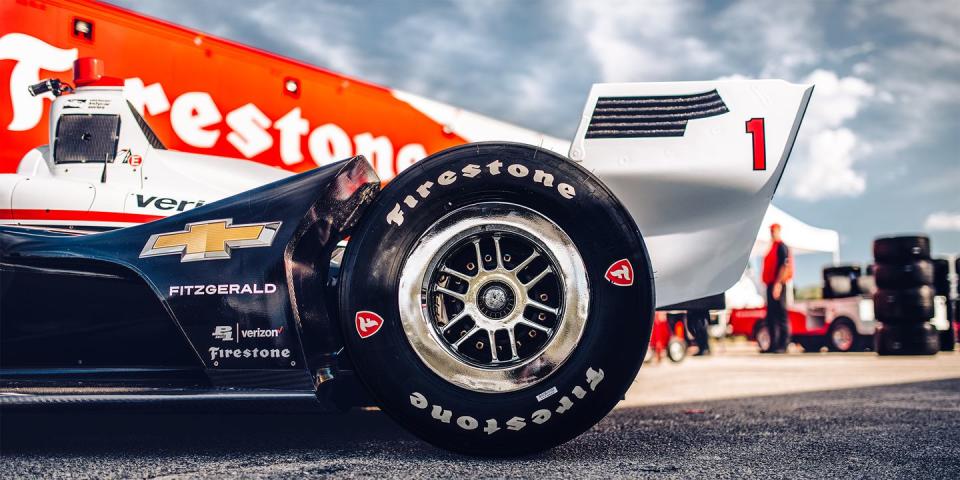
Everyone in the series is incredibly fit. Still, it’s a challenge. It can sometimes come down to the physical ability to run the car through the corner. You can almost feel unable to hold on–you can encounter situation with such high steering load, you say, “I think the car can actually go faster through here, but I’m not physically able to steer this thing through the corner faster.”
A lot of drivers in the series have really struggled on the demanding short ovals or road courses-they have problems lasting the race, not letting go of the steering wheel. You can see the fatigue, because they start making more mistakes.
The result is that drivers prioritize fitness. We’re not big guys or NFL players, but we have to focus on muscle mass. If you haven’t been in an Indy car in three or four months, that first time back in the car, when you hit the brake pedal, you’re so worn out, it’s a shock. Even half a day in the car will wake your neck right up.
Still, downforce sounds great, right? Drivers have to work to drive, the cars go faster-what’s wrong?
There are couple of drawbacks. For one thing, an excess of grip doesn’t always showcase a driver’s talent or the differences between levels of skill. Which is partly why we go racing in the first place. But more important, downforce can actually hurt close racing, which also hurts the show.
Think about it like this: Boats leave a wake in the water. Cars work the same way in air, and the effect compounds with speed. When you’re close behind another car, you’re running in that car’s invisible, dirty, turbulent aero wake. The guy in front of you might get clean air, but you definitely don’t.
Just as a heavy wake can make a following boat more difficult to control, an air wake can make an aero car harder to drive. In a race car, a wake can make you lose downforce-maybe 10 or 20 percent less than what you might have running alone. (And remember, if the guy in front of you has clean air ahead, he has that grip, which means he can go faster.) The car also feels different: The front end doesn’t seem to work as well, the steering is lighter, the rear isn’t as secure. In some situations, no matter how good you are, it can make passing another car difficult or impossible.

That’s two cars. When you get behind 30 of them-say, in the back of the pack at the Indy 500-it’s chaotic, like you’re in a tornado.
This year, the air changes. From the drivers and teams to the series officials, everyone wanted our cars to be better in traffic, so we could race more closely. Which means managing the air coming off the back. And so we have the same chassis as the old DW-12, with a new body. The changes are collectively called the UAK18-Universal Aero Kit, 2018. It looks fantastic.
The body is sleeker and the rear-wheel guards are gone. But the biggest update is the floor: Like most modern racing cars, last year’s Indy car made much of its aero grip through wings and upper bodywork. For 2018, more of that grip is moved to the car’s underside. We’re still running wings, albeit smaller and less effective ones, but the car’s floor is now shaped to act like a more effective wing.
That effect is called ground effect, and it greatly changes that wake. Testing has shown us that a race car’s top-side components disproportionately affect the air around following traffic. A ground-effect floor does less to disturb the air. Which means that the car’s wake should generally be smaller, no matter how we trim the wings.
Couple that with reduced overall downforce-the redesign puts us down around 5200 pounds at 200 mph-and the cars should be more capable of close racing. Which everyone loves.
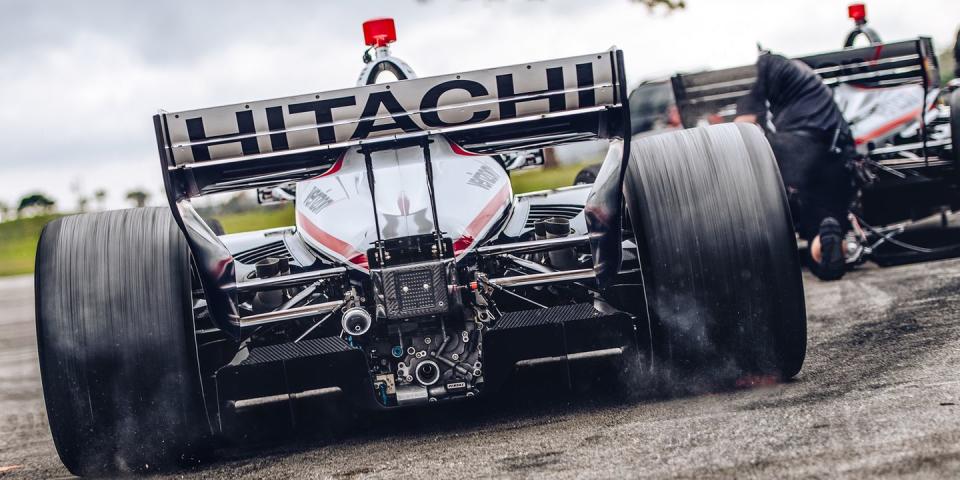
OLD CAKE, NEW ICING
The changes look substantial, but the car is still a DW-12. You climb into it the same way, put your shoes into a footbox that feels about the same. Aside from the styling, the big visible change is the deletion of the rear bumpers. They were designed to reduce accidents, but they weren’t as effective as we’d hoped, and they cut visibility. You can now use the mirrors to see everything behind you.
The rest of the car is pretty much the same. If you were blindfolded and jumped into the 2017 and 2018 cars, one after the other, you’d have a hard time telling them apart. One of the few big differences is the dash-the old display screen is gone.
The new Cosworth one offers a lot more adjustability in what you see during a race, because you can customize the heck out of it. Before, you had allocation for certain parameters-lap time, oil pressure, water pressure, roll-bar positions, that sort of thing. We can now change how big those numbers are and move them where we want them. That sounds like a small detail, but it echoes the reason for the new body: On a race car, small changes make a big difference. Drivers are sensitive to these things, and not always how you’d think. With a display, for example, there’s stuff that we just don’t want to know. (Take oil pressure: It’s important, but generally, the crew on the timing stand is going to keep us in the loop.)
And then there are things we do want to know-like how much damage the front wing can take. If that wing is really sensitive and you touch somebody in traffic in the first 10 laps, it can ruin your race. Even a hairline fracture can cost noticeable downforce and maybe a second a lap.
All of which is to say that racing is a game of changes. And the differences can be remarkably tiny.
Let’s go back to that floor for a moment: We talk about a car’s aero balance in terms of center of pressure-where the effective center of aerodynamic downforce is, fore or aft, high or low. You change that by tuning the car, adjusting its aero components to be more or less effective. If you change that balance by even one percent-say, moving aero grip from 37 percent on the front wheels, to 38-you can tell. It feels like the rear of the car is coming up on you, like there’s a kettlebell placed on the front wing under braking. You notice the migration of the center of pressure in how the car feels in a straight line versus how it works coming on or off the brake. Moving it forward means the steering gets heavier and the car behaves a little differently as you turn. Even a minor change affects how that kettlebell moves around. More aero up front can make corner entry super uncomfortable, and the rear won’t be able to keep up with the front. All from a one percent difference!
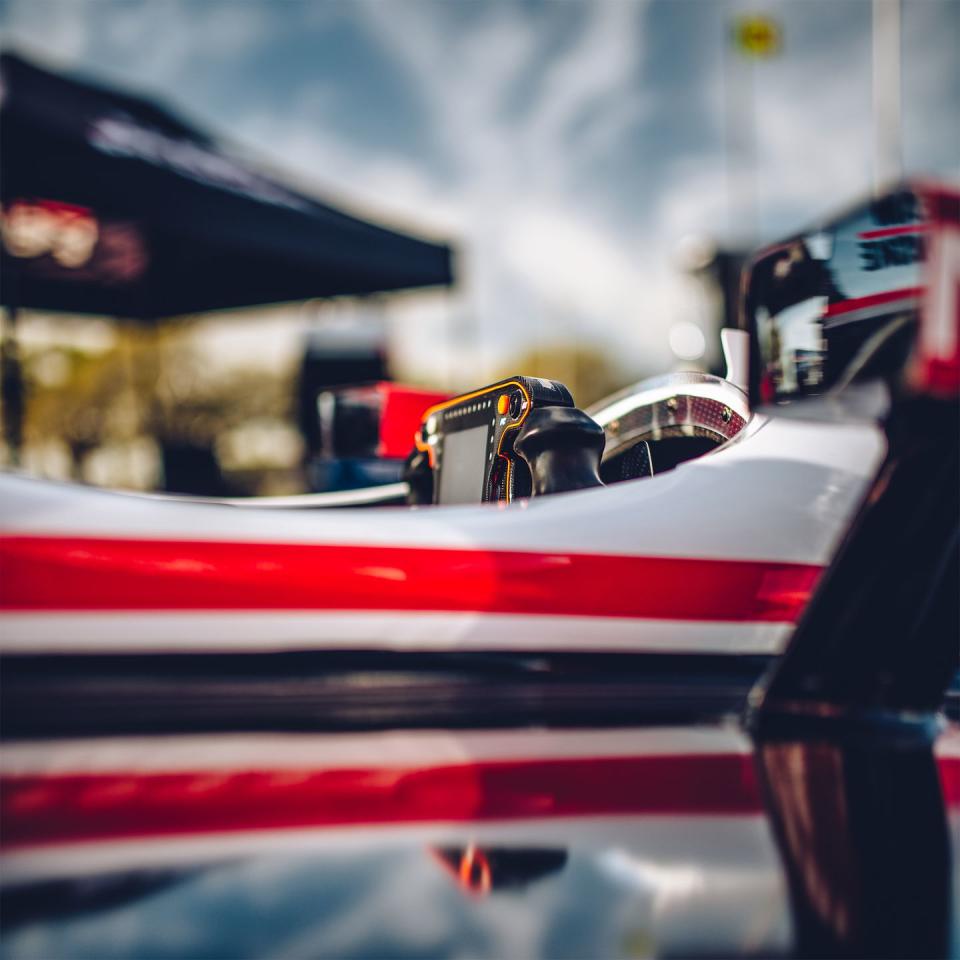
THE NITTY-GRITTY
In the cockpit, you notice the difference almost immediately. For starters, the car now moves around a lot more in a corner, because the air is doing less to keep it planted. Slides are more predictable. It takes more finesse to put the power down. And steering effort has dropped. This is great. As a driver, I want the car to move more. I want it to be more difficult to drive. Most drivers are like that; they want a car that makes them work hard. A way to separate their talent from that of everyone else.
IndyCar has occasionally lacked that. Sometimes you come in after that lap, and you’re third to fourth on the grid. You can’t believe that someone else was able to do what you just did, and more quickly. Personally, I think this was because we weren’t able to differentiate ourselves enough from other drivers, especially on corner exit. It’s that moment where you’re trying to get power down, driving off the corner–the downforce made it almost too easy. The car was just so stuck, all the time. But it’s moving again, which is what you want . You want the thing to feel unsettled. All these other guys up and down the grid–you don’t want them to ever feel too comfortable.
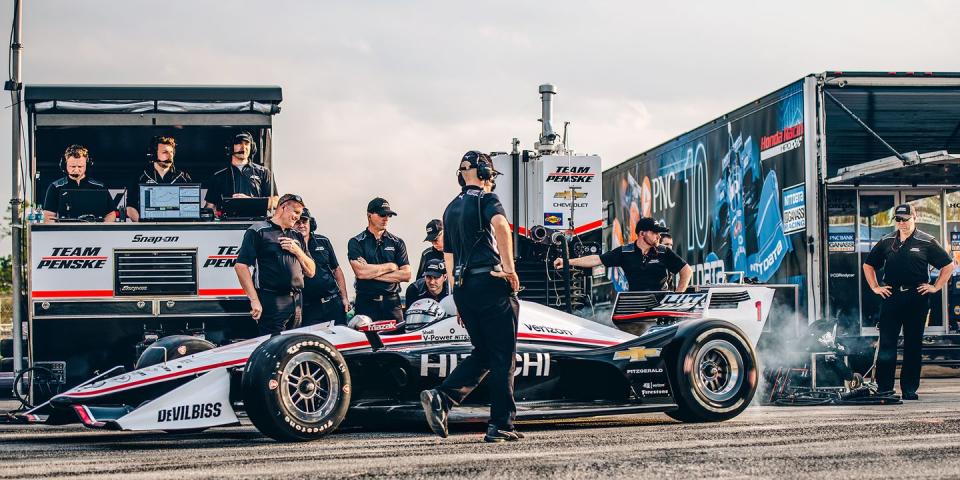
HEAT AND MOTION
I first drove the new car at Sebring, during winter testing–a crazy hot day, 95 degrees, superhumid. It was tougher to drive than I expected, with way less grip, moving all over the place. Which told me, above all, that we’re going to be way more susceptible to temperature change, especially in how weather.
The science behind that is actually pretty simple. Floor downforce doesn’t really feel different from wing downforce; you basically drive it the same way, trying to minimize yaw. (Sliding the car in a corner reduces grip, because a wing doesn’t work as effectively in yaw as in straight-ahead “flight.”) And just as with “ordinary” wings, floors don’t work as well on a hot day–the air is less dense, less capable of generating downforce. (This same phenomenon is why desert airports occasionally cancel flights due to extreme heat. Downforce is basically lift on an inverted wing, remember.)
But the floor adds another temperature element to consider. Because pavement retains and reflects heat differently from air, the air pocket between the car’s floor and the track can actually be hotter than ambient temperature. Sometimes by as much as 30 or 40 degrees. Since the floor produces its downforce from this air pocket, it’s less effective, which means drivers have to work harder.
We’ve learned a few other interesting things: Lower downforce means the DW-12’s responses are slightly subdued everywhere. The car now takes a less aggressive initial brake application, because the air isn’t helping stabilize the car as much. On a street course, we’ve noticed a need to settle down the rear of the car. Tire wear is going to be more of a problem; last year, with the aero help, you’d rely on the car hanging in there better over the course of a race, and you could get more aggressive with setup. At a track that puts a premium on front-end grip, like Barber Motorsports Park, where cars tend to understeer, you could work the tires hard without worrying about degrading them as much. Now, with less downforce, one end of the car is going to start giving up really quickly. Tire management will be something we’ll have to adjust to again. Which means yet more work for the driver, more to think about.
Finally, it also seems like this car wants to understeer a bit more in the midcorner. I think this is due to the change in weight distribution, because the new car moves its mass forward by 1.2 percent. (Another tiny change with a big result.)
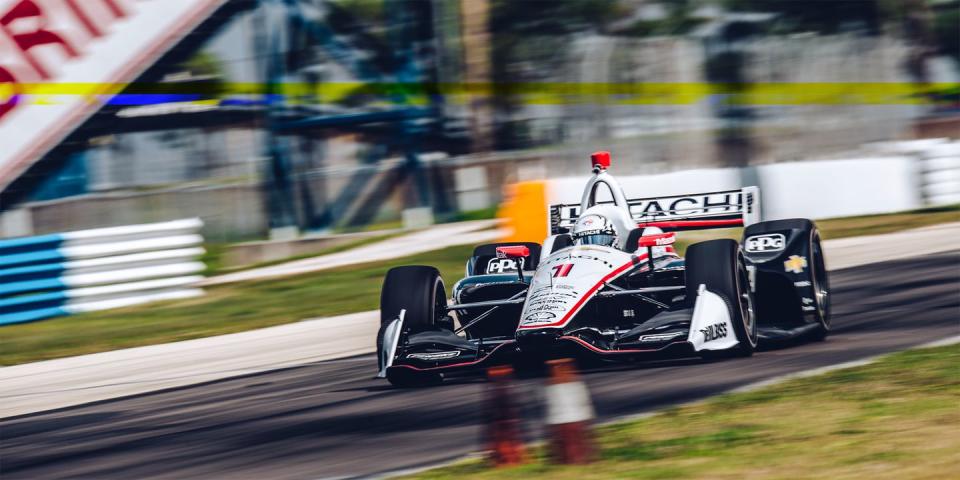
GAME ON
Again, though, we’re still trying to figure everything out. Learning what this car wants, how it works. How to help the car feel better in certain areas. The process always has steps, and setups evolve over a season, especially the first one.
That’s the challenge for everybody in the series. For 2018, IndyCar has created opportunities for drivers to differentiate themselves. To show the aggressive arc of your learning curve.
This is everything. The way I look at it, adaptability is the greatest skill a driver can have. The serious talents, it doesn’t matter what you throw at them: They adapt their driving style, how they read what the car is doing. When it comes to the traditional stuff, the good guys will take two or three laps to understand what to change on the race car-things like roll center, springs, or aerodynamics. But some problems you have to mull over and try different philosophies. And you come back the next day and try a different philosophy.
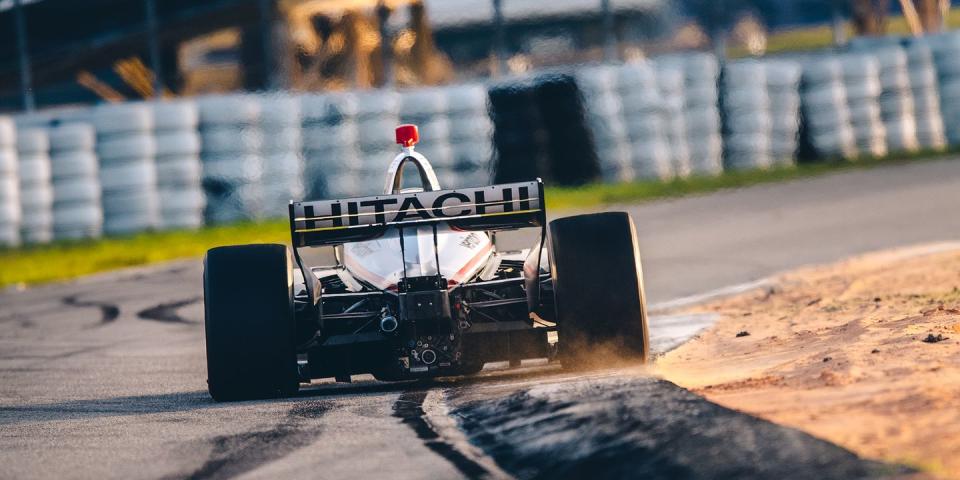
Some teams struggle, and the process takes longer. At Team Penske, I think that’s where we’ll excel-finding the right answers faster. I’m excited about that, and I’m looking forward to it. Because race cars are fun, obviously, but they’re the most fun when they’re fast and set up well. When you, as a driver, are good at knowing what you want.
When you get that-when the car is easy to drive, when you’re doing that job better than other people, smoking everybody, in P1? That’s the best part. And it makes for a better show for the fans, because it pulls them into the conversation. The season’s just getting started. I can’t wait.
So far, the season is going well for Newgarden. After four races, the 2017 champion has two wins and is leading the points. Seems he likes the new car...–Ed.
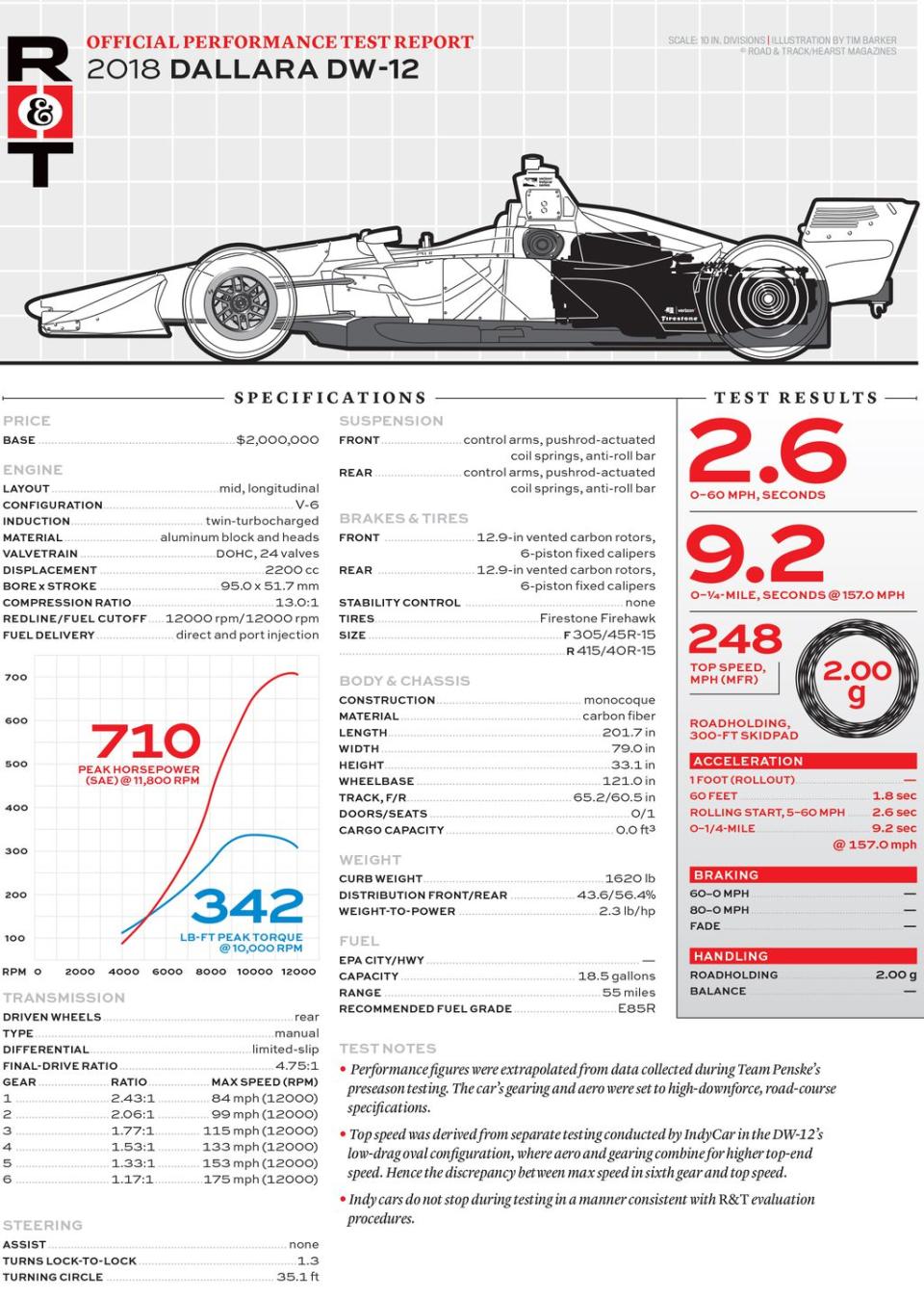
You Might Also Like

 Yahoo Autos
Yahoo Autos 